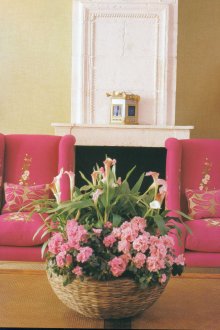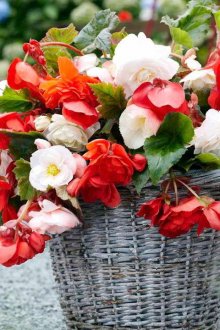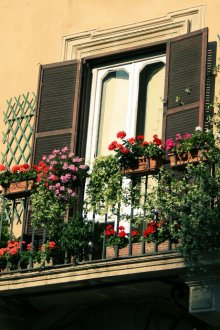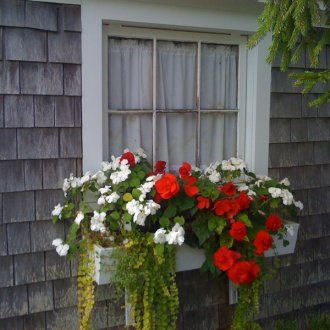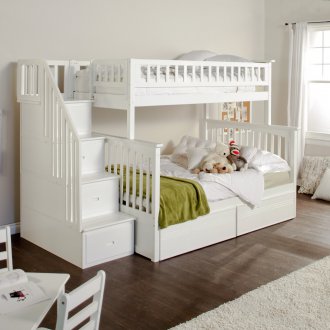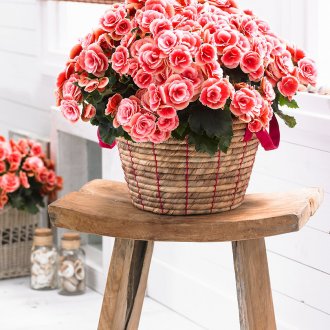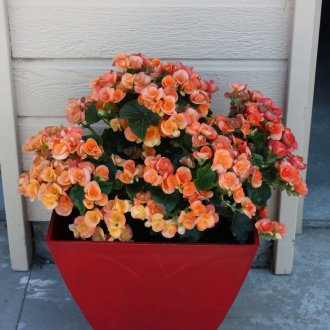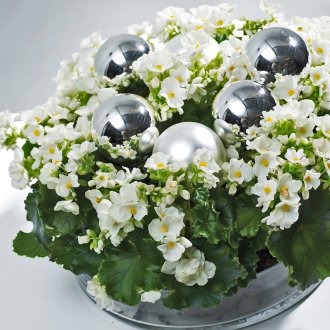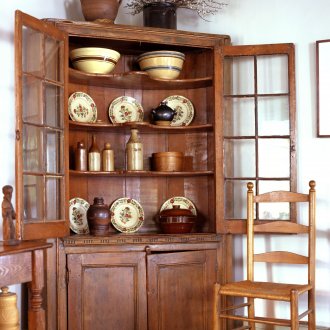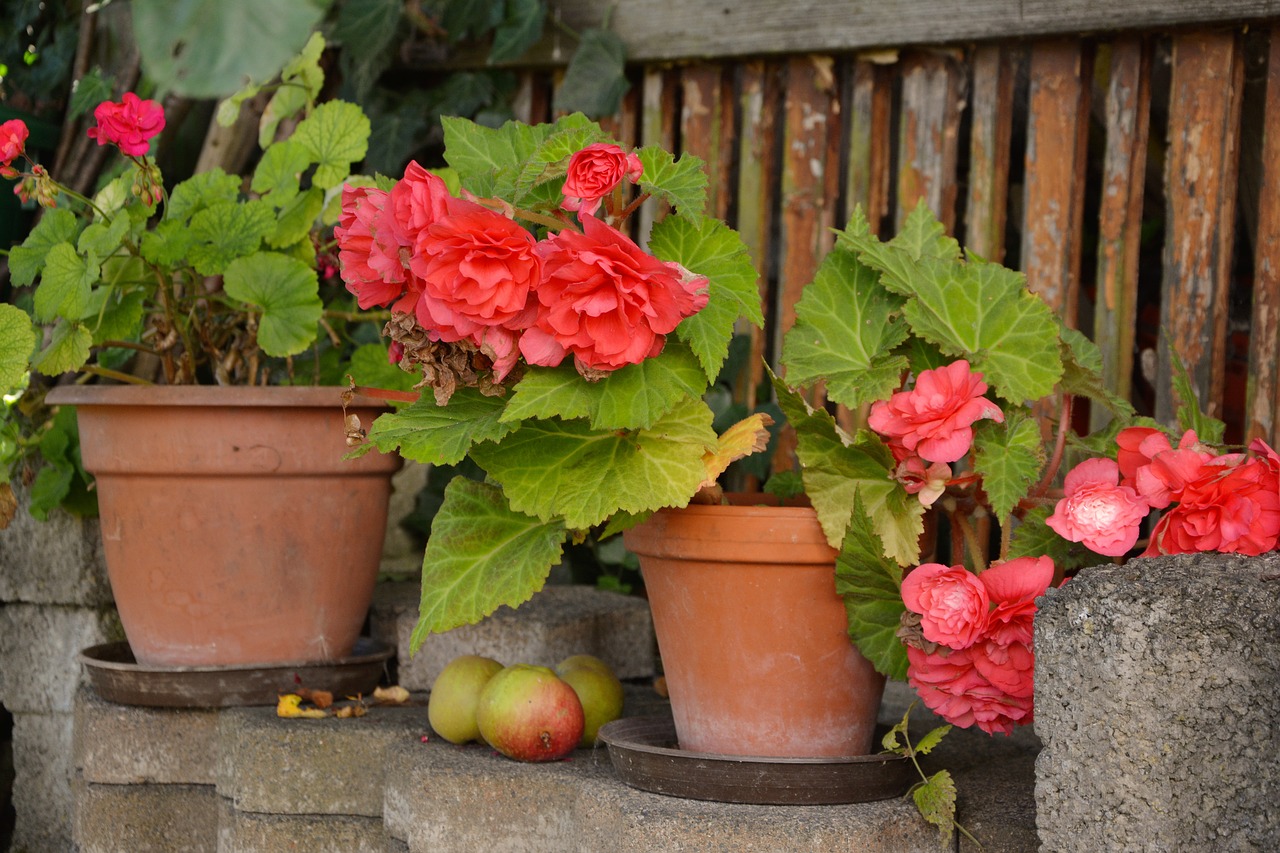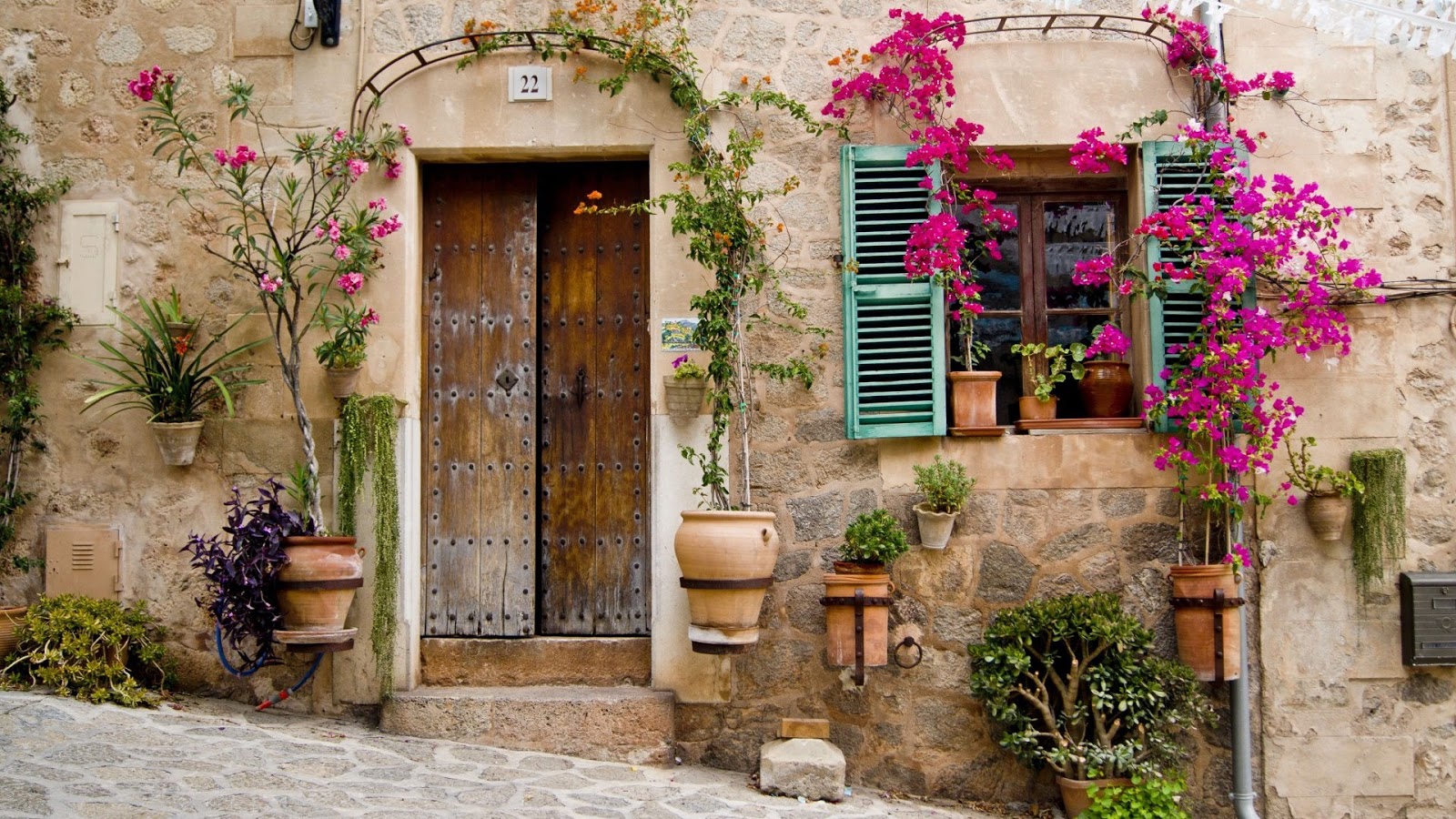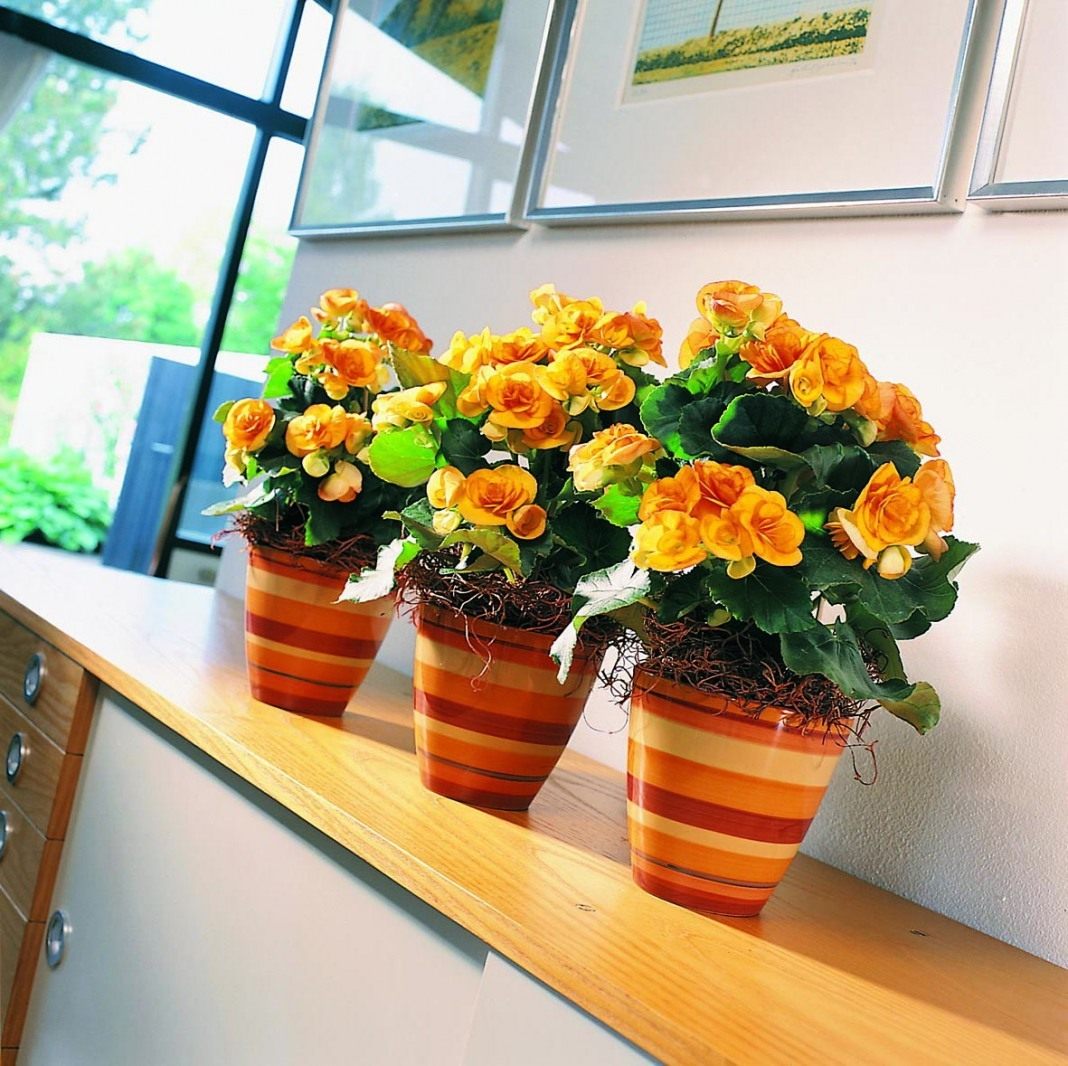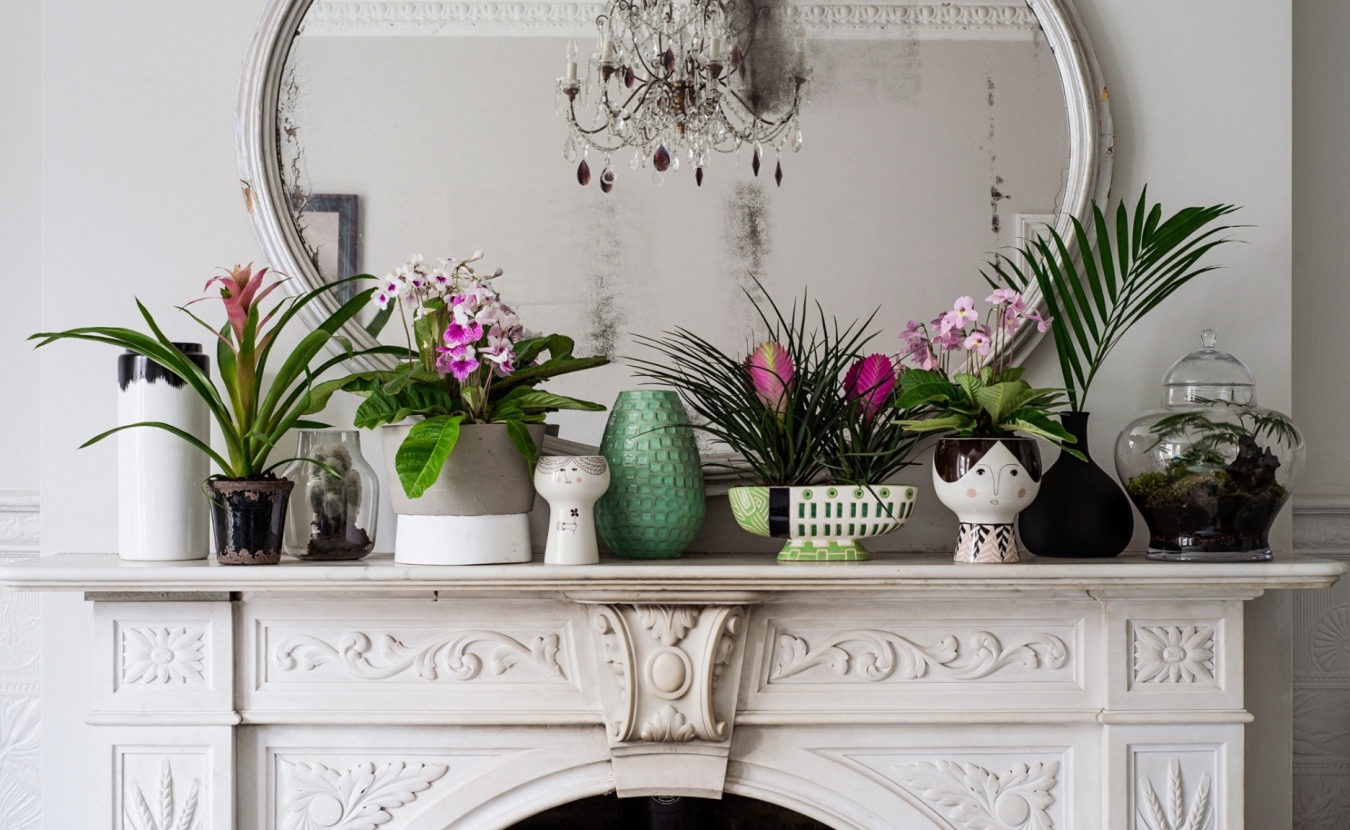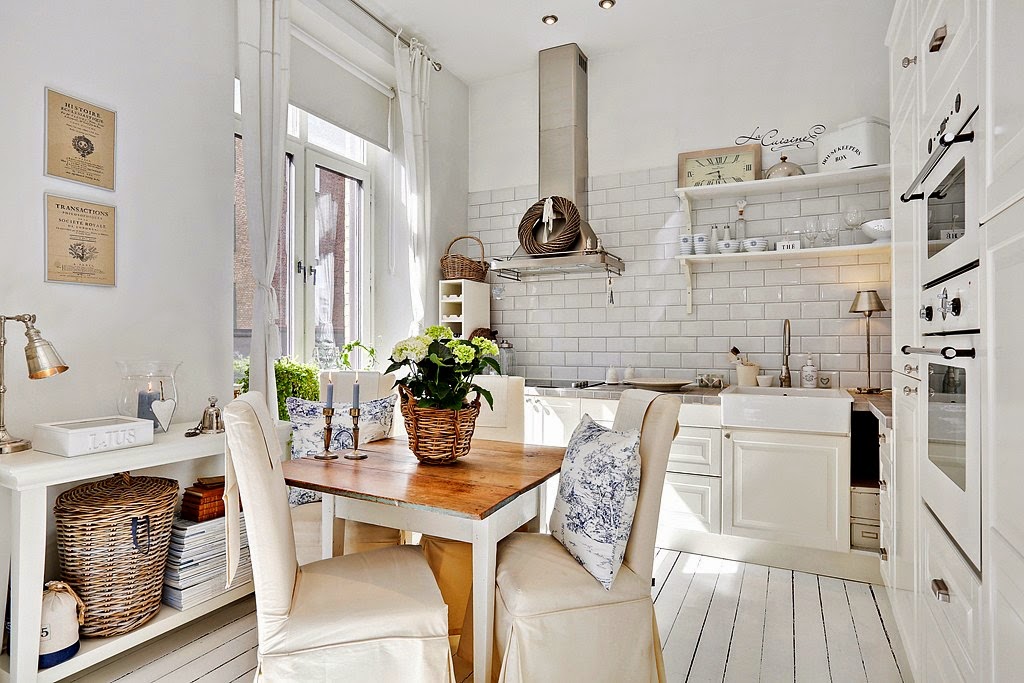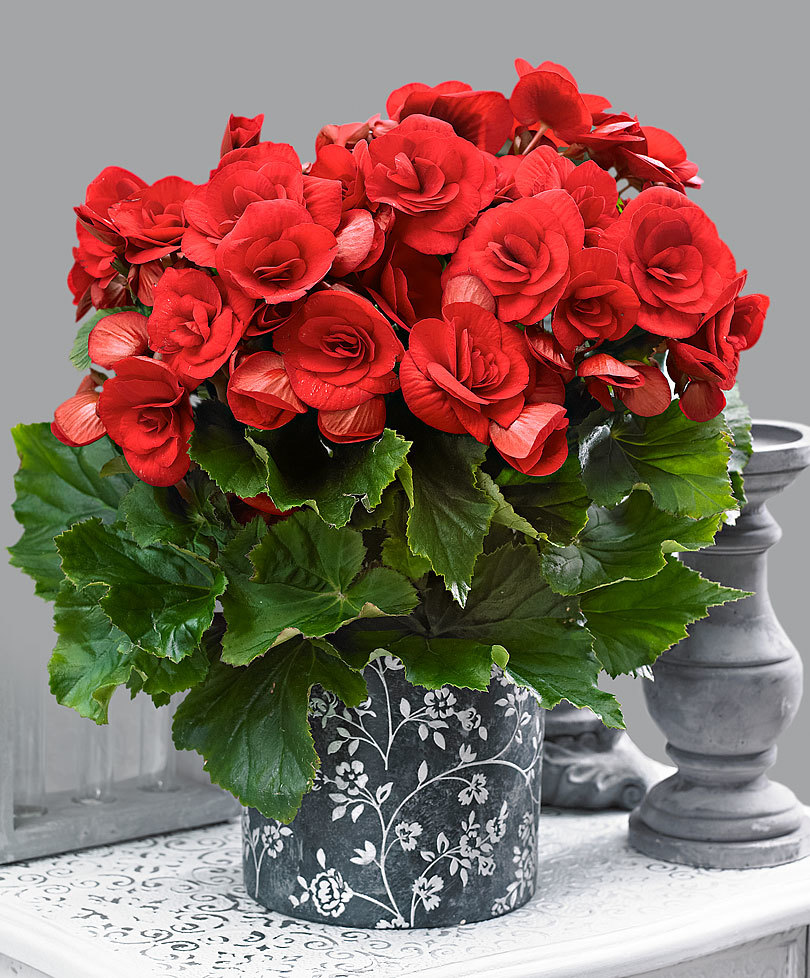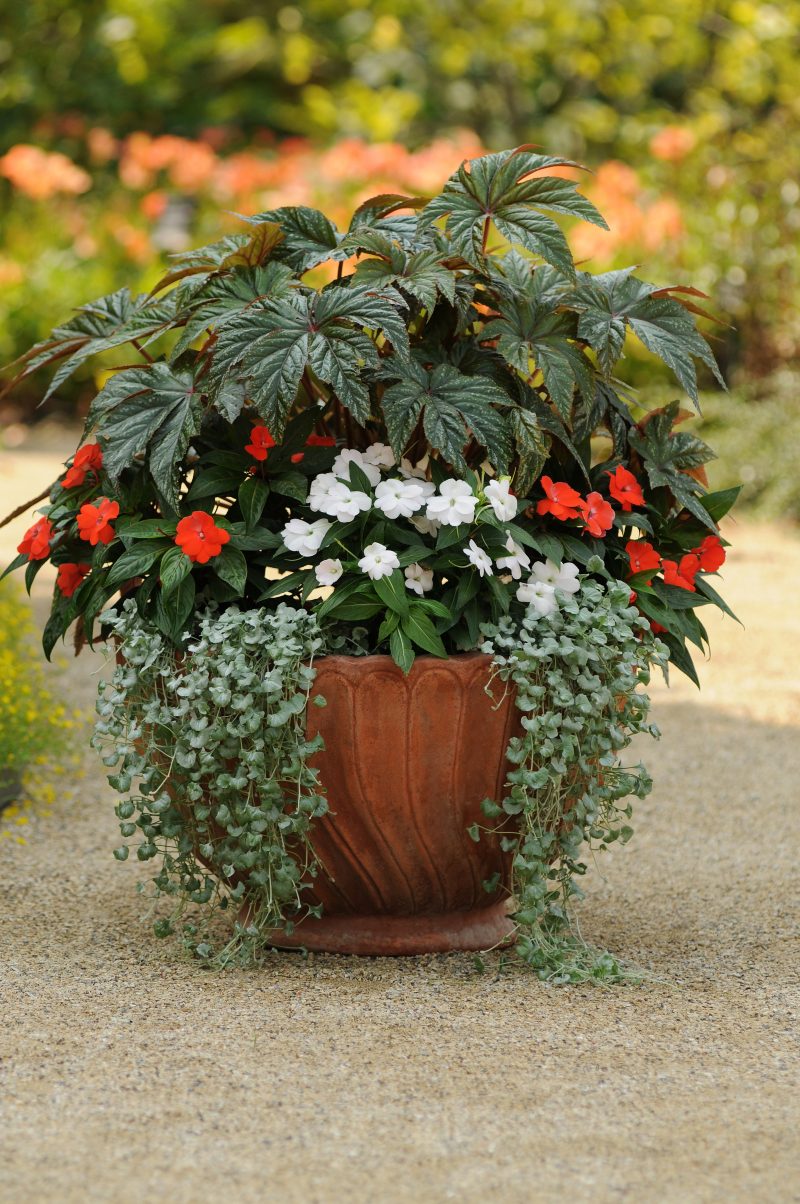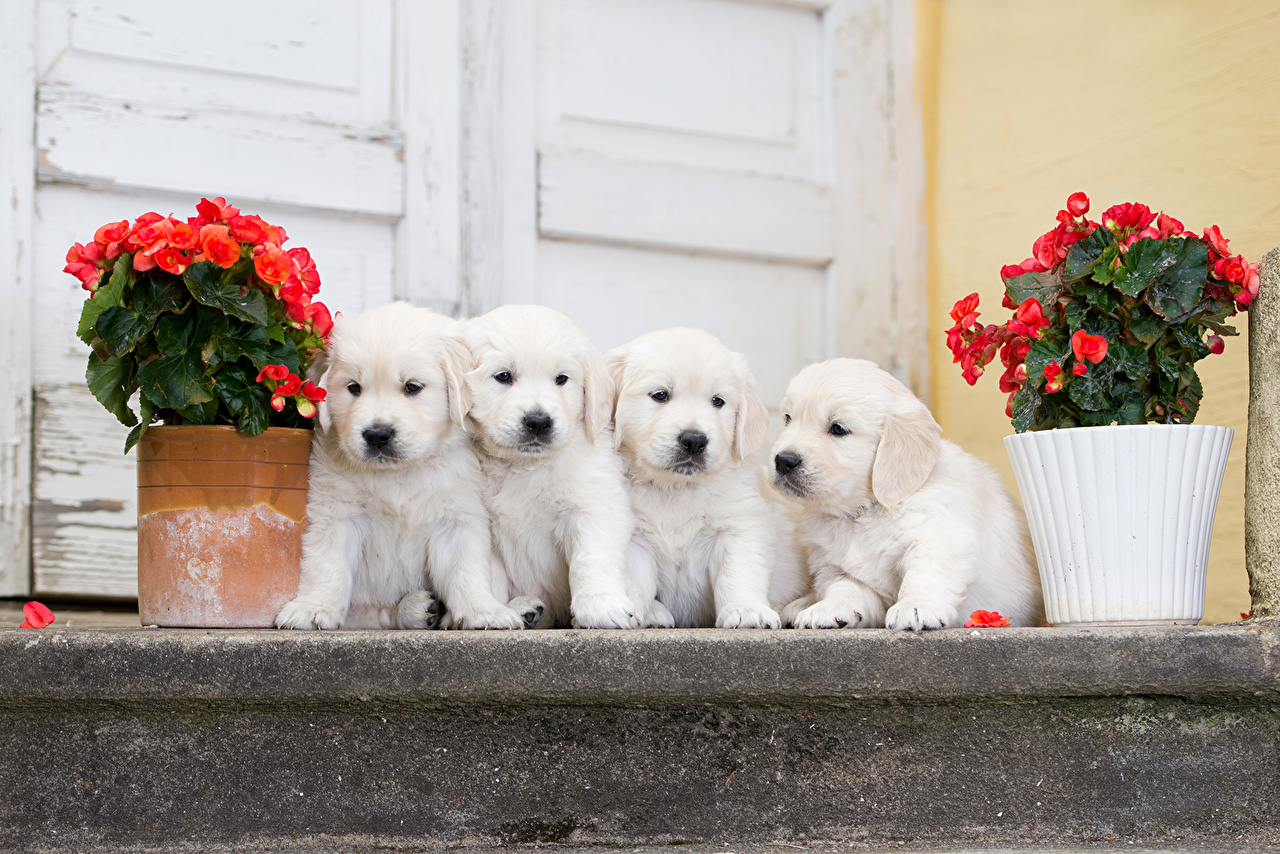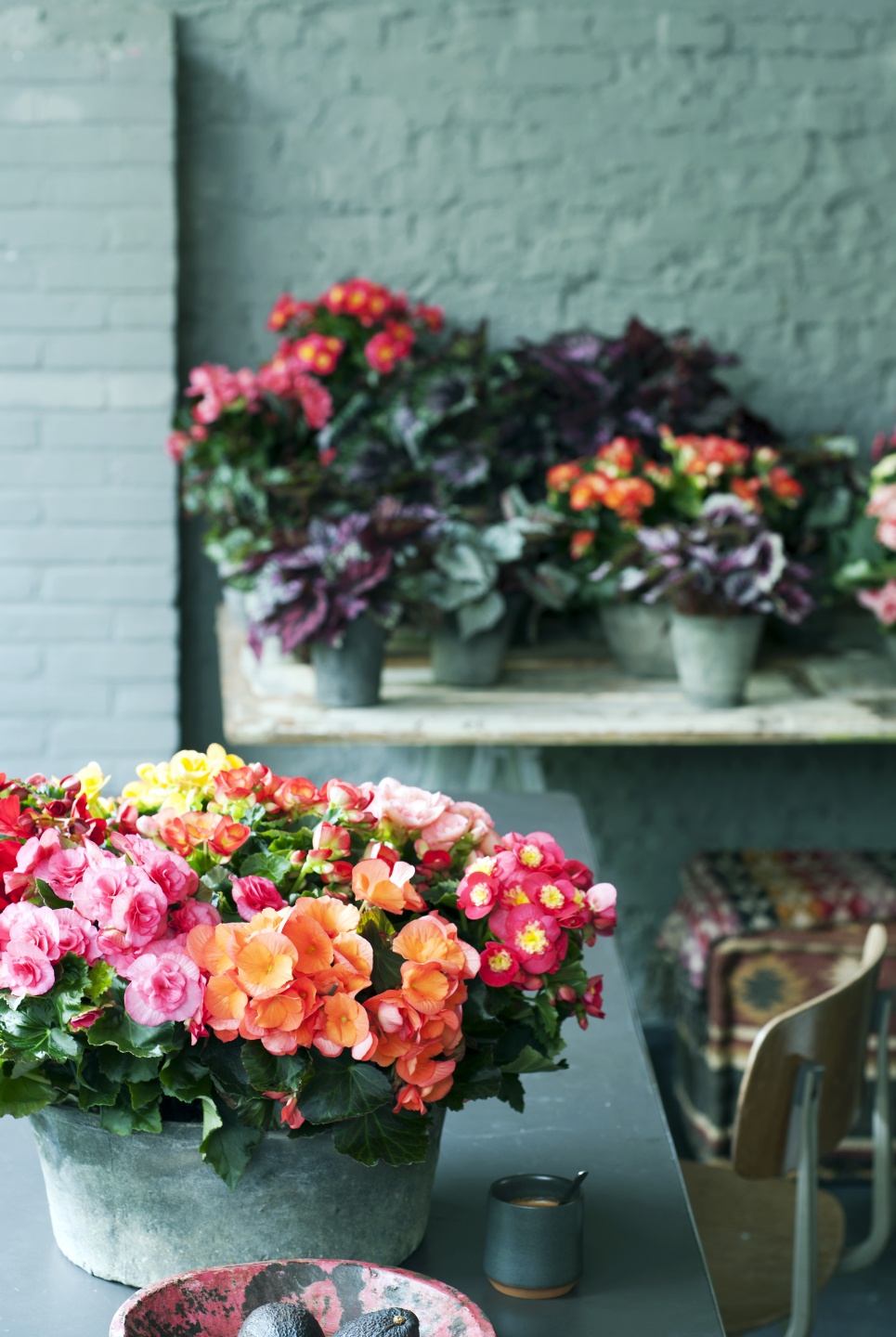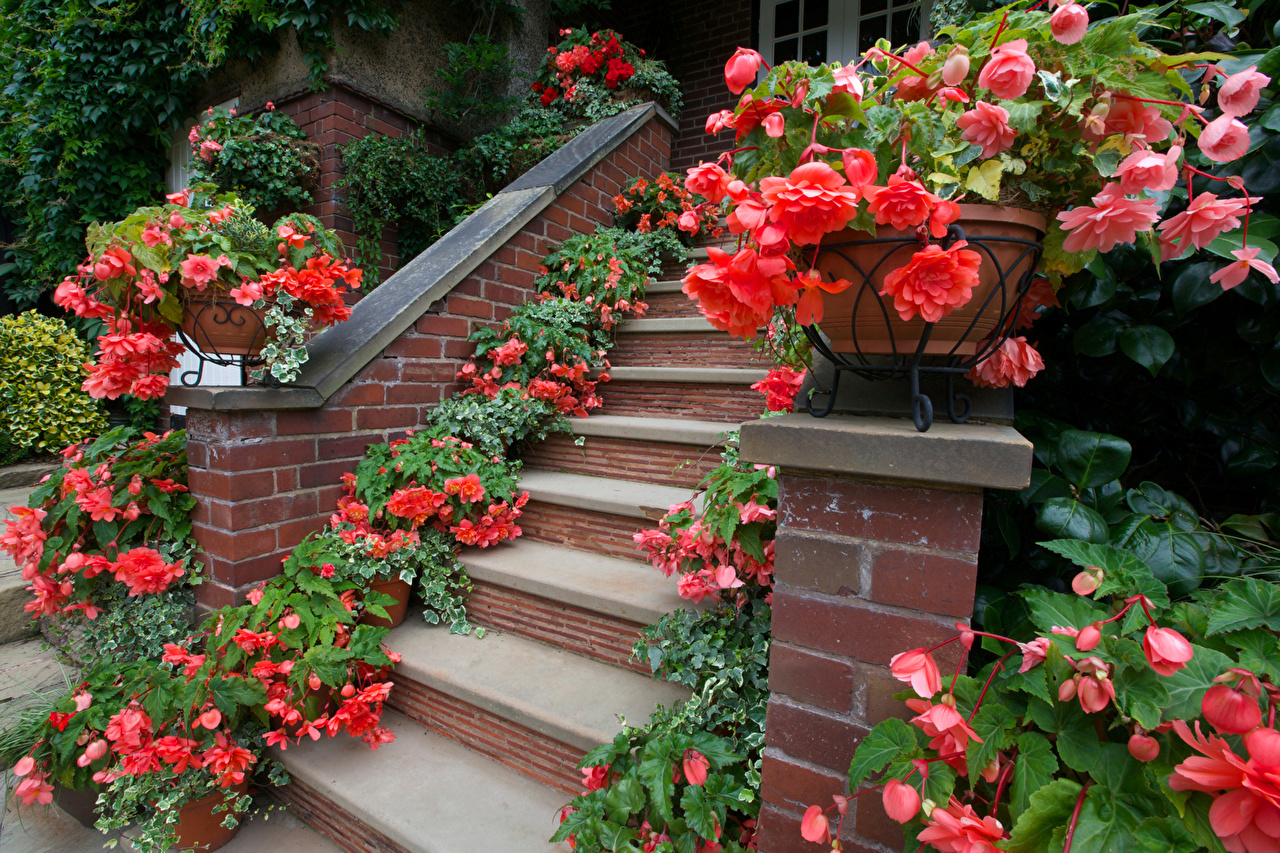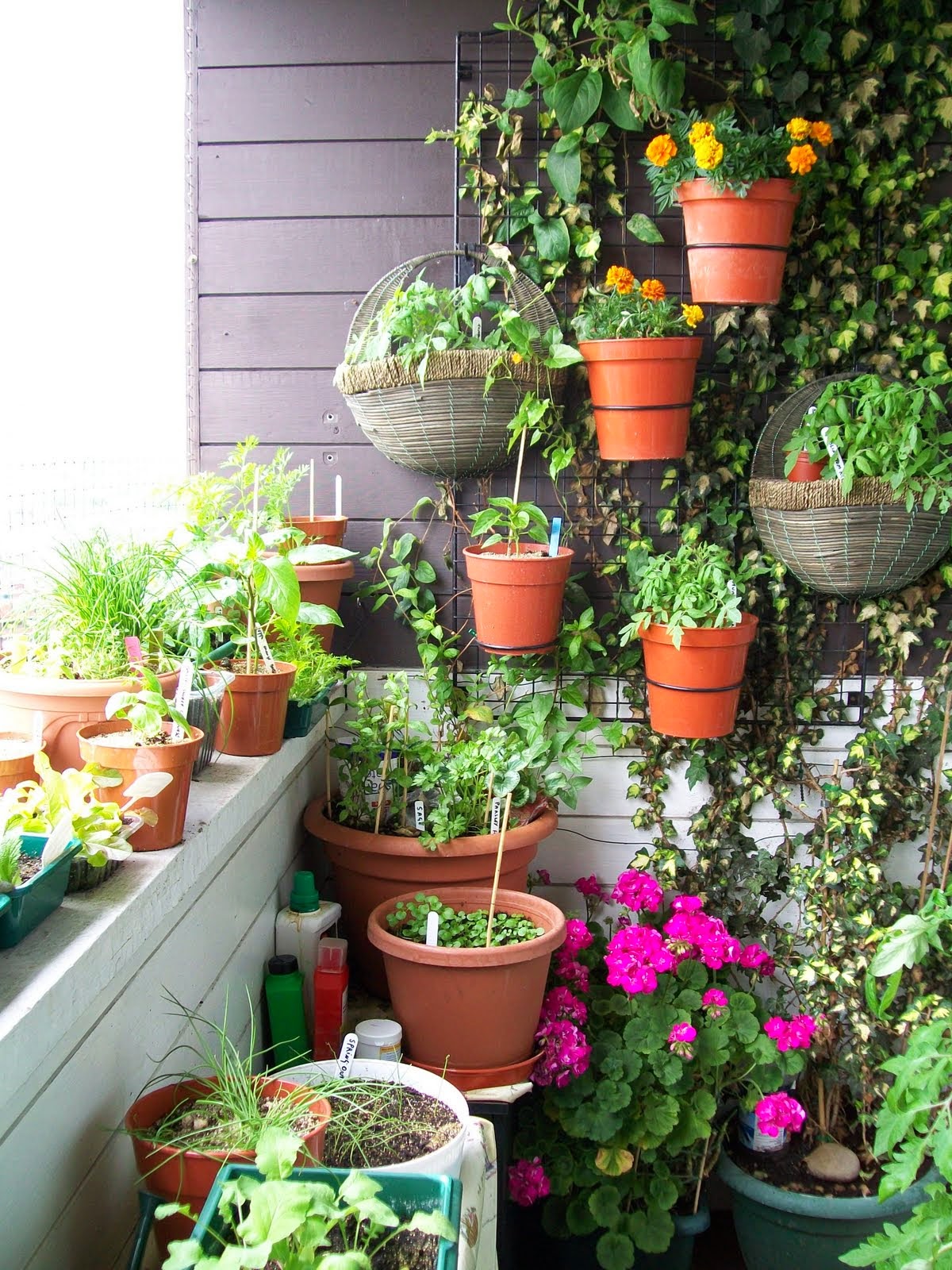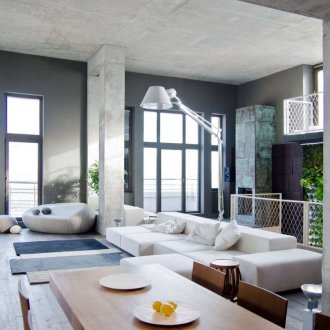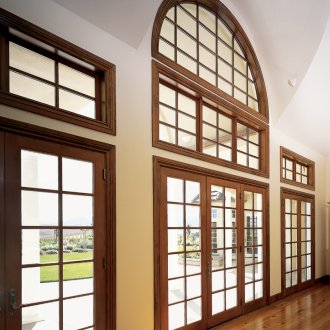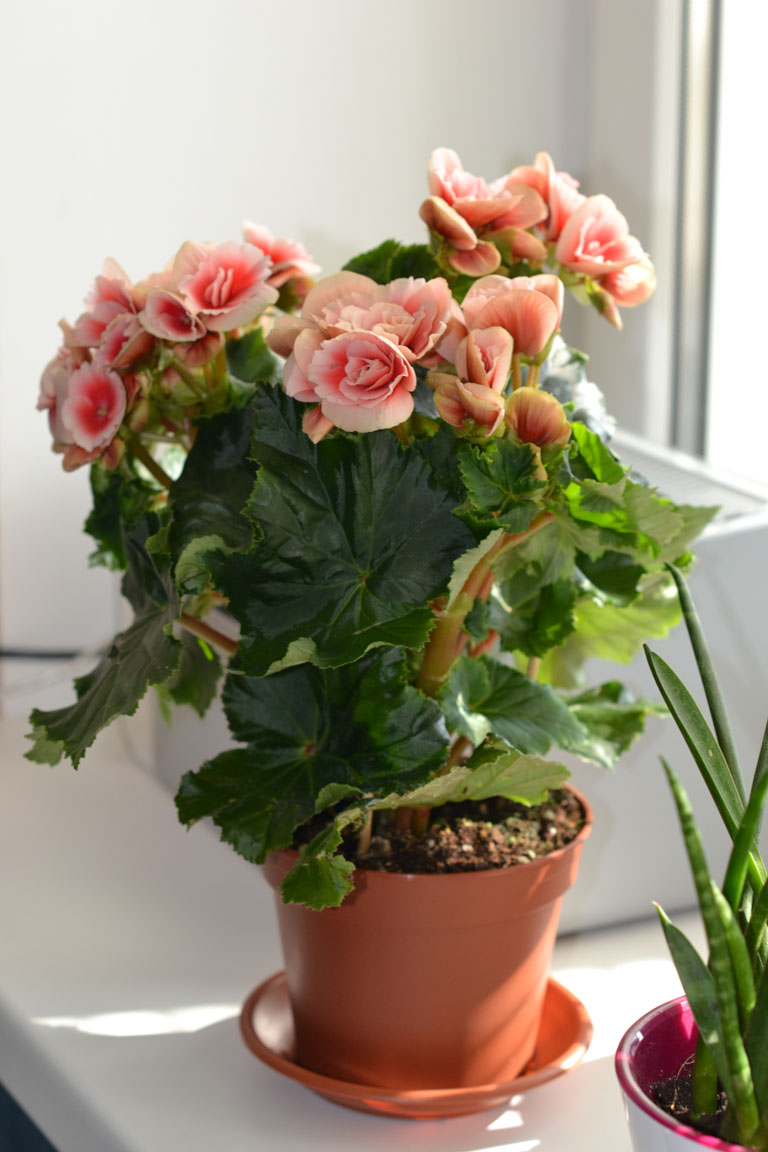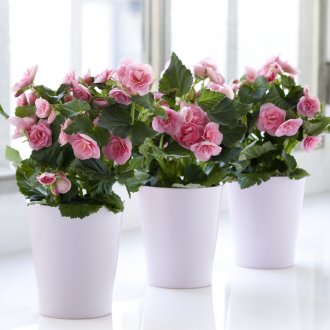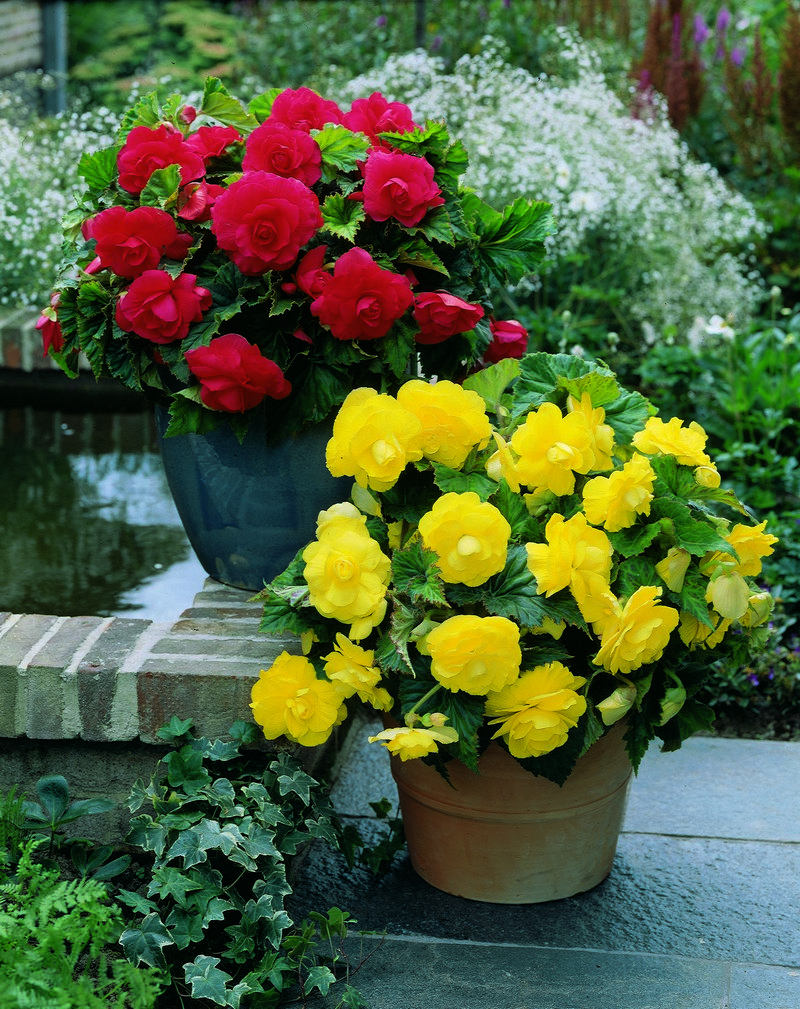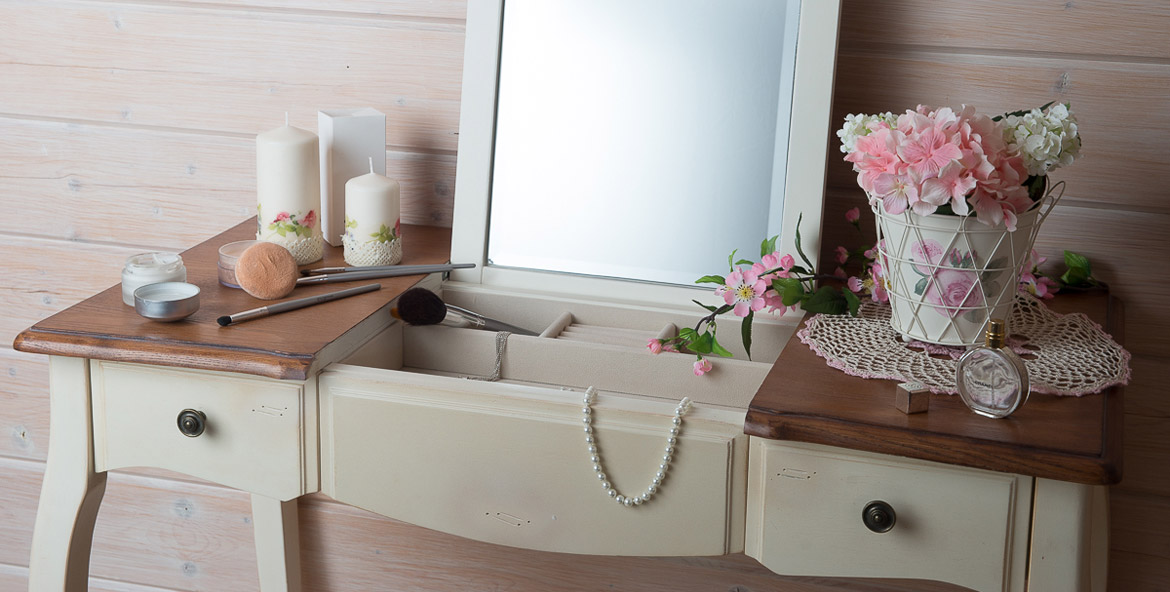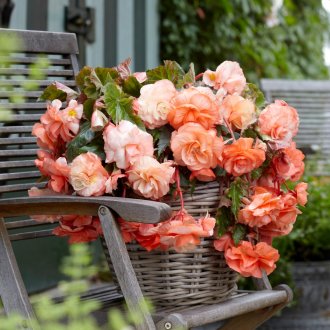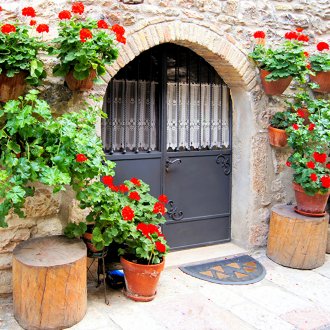Begonia home: care and types (35 photos)
Content
Begonia is a very popular plant that is in demand among professional florists and simple amateur gardeners. This beautiful flower is great for growing at home.
To date, botanists have identified nearly 900 varieties and have received about two thousand hybrids of begonia flower. In their opinion, the culture for growing at home can be divided into two groups: deciduous, characterized by a bizarre shape and original leaf color, and flowering, in need of periodic rest. The name of the flower comes from the name Begon: this scientist in the 17th century saw a flower (begonia) and gave him a description.
Begonia was originally an Indian plant; later, other varieties from South America and Asia began to appear. This is why the tropical climate is ideal for begonia: warm weather and high humidity, while there is a dim place for growth.
What types of begonias are the most famous?
Begonia can grow in many ways: in the form of a bush or shrub, or even as a stretching grass on the ground. The leaves of the plant are asymmetrical in shape. They can look as whole, or as divided into several parts with wavy edges.
As a rule, in almost all plants, the lower zone of the leaf is reddish, brown, or purple, and green prevails from above.
But in addition to solid colors, leaves with various patterns, lines and even speckles are often found. There are varieties of begonia, in which the appearance of the stem and leaf in small villi.
Tuber look
The flower of this species has a white, pink, yellow, red or orange color. The size of the flower reaches 15 cm, in shape resembles a flower of a rose, carnation or peony.
Everlasting bloom
The most famous type of begonia. It can be grown as a garden culture, and as a houseplant. At home, the plant blooms year-round. The size of the flower is very small, red, pink or white.
Royal look
In its form, the leaf resembles a heart of dark green, brown or red. In size, this sheet is relatively large (about 30 cm).
Ampelic view
Widely used for landscaping vertical surfaces. Shoots up to 50 cm long, covered with beautiful flowers of white, yellow, raspberry and orange.
Elatior
A begonia flower hybrid that is grown only as a houseplant. The size of the flower reaches 5 cm, leaves are rounded. It will bloom in autumn and winter.
How to care for home begonia?
How to grow begonia in an apartment so that it is very beautiful and pleasing to the eye? Initially, for home begonia, you need to choose a place in the room. It should be beautifully lit, but at the same time direct sunlight should not fall on the plant. The ideal temperature is 18 degrees all year round, but in the hot summer period, indoor begonia can tolerate temperature and higher.The space reserved for this flower should be permanent, as it categorically does not like to change its location.
Begonia is a flower accustomed to a tropical climate, it loves moist air, but, despite this, it is not worth spraying its leaves, because brown spots can appear on them.
In order for the flower to get enough moisture, you can do the following: put the pot with the plant on the stand, which in turn stands on a larger stand. Near a small stand (in a circle) pour expanded clay, which should always be wet. Water will evaporate and create the desired degree of moisture in the flower.
Another important point is the placement of begonias next to other flowers.
Decorative begonia does not tolerate crowding, so you need to place it on the windowsill with other flowers so that the gap between them is as large as possible.
It is necessary to ventilate the air in the room, but provided that the draft does not affect this flower in any way, otherwise the reaction will follow immediately: it dries quickly and discards leaves, flowers.
How to care for begonia at home is understandable, then it is no less important to remember how to plant it properly and what conditions to observe.
What conditions are necessary for planting begonias?
Before you start planting begonias, you need to choose the capacity where the plant will be grown. It is desirable that this was not a very small ceramic pot, which is 4 cm larger in diameter than the root of the flower. A pot of a very large size, in principle, is also suitable, but in it begonia will bloom much later, due to very high humidity. You can buy soil for planting at any flower stall.
The next important question is how to plant begonia? The third part of the pot must be filled with drainage material, the next layer is laid charcoal (about 3 cm thick). We place the begonia in a pot with an earthen lump, and fill the remaining void with soil. At the end, the begonia in the pot is poured with water at room temperature.
Begonia planting process
Planting of this plant is carried out in the spring, in the second half of March. At this time, the length of daylight is quite sufficient for the growth of begonia. Before planting, tuberous begonia should be germinated in a box, without dipping it into a substrate, in a well-lit place at a temperature of no higher than 18 degrees C.
Blooming begonia loves diffused light, but decorative foliage, on the contrary, grows much better in a darkened room.
Begonia is very fond of moisture, so for its irrigation it is necessary to use the settled water, soft. Excess water must be poured out of the stand.
Some important rules for watering begonias:
- In the warm summer period, watering should be carried out at least 2 times a week.
- In too hot conditions, the soil must be moistened every day.
- In the autumn, the flower can be watered when the topsoil begins to dry.
- In winter, watering is very rare, about once a week.
A tuberous begonia species in winter is resting. At this time, it must be placed in peat and not watered at all.
Permissible humidity and air temperature for home begonia
Since begonia is originally a tropical flower, the climate is preferable for it is very humid. But it is important to remember that it is strongly not recommended to spray this flower with water, because later it starts to hurt, the leaves become stained. To avoid such unpleasant phenomena, the flower needs to create a specific microclimate: the pot needs to be put on a plate with wet peat or pour pebbles in a tray with ordinary water, on which the flower will stand. These actions will lead to the effective evaporation of water, which will provide the plant with a flow of sufficient moisture.
Home begonia does not tolerate sudden temperature changes.That is why when changing the temperature regime, it can, for example, discard leaves. In summer, the ideal temperature for its maintenance will be no higher than +20 degrees, and in winter, the temperature should not be lower than +15 degrees.
Begonia transplant
Sooner or later, amateur gardeners wonder how to transplant begonia. There is nothing complicated about it. It needs to be transplanted once every 2-3 years, and for this there are a number of simple recommendations:
- Before transplanting, you need to visually inspect the root of the flower, as a rule, it will no longer fit in the pot. This means that the time has come to transplant the flower.
- We get a new pot, which should be a couple of centimeters larger in diameter than the previous one.
- Carefully removing the flower from the substrate and clean the root of the remaining earth. For about one hour we leave it in a manganese solution, after which we find out whether there are pests on it, whether there are signs of decay.
- If there are diseased areas, then remove them until a healthy one appears. Next, you can safely plant the plant.
After the begonia has been transplanted, it needs abundant and systematic watering.
Fertilizer and soil for transplanting begonias
For full-fledged further growth, a flower needs a soil filled with nutrients:
- two parts of sheet land;
- one part of peat;
- one part of black soil.
On the bottom of the container where the flower will be transplanted, you need to lay out coarse river sand. Then, to the middle, pour sheet earth and already pour a mixture of peat and chernozem onto it.
Without fertilizer, it will not be easy to grow a beautiful flower. Begonia needs to be fed only twice a month, when buds are formed and flowering occurs. This moment usually occurs in the spring or summer. We must not miss it.
It is not difficult to take care of room begonia; there is no need to transplant it often. Beautiful begonia on the window, planted in a beautiful pot, will be an ornament for any home.
This plant is also used in traditional medicine recipes. It is considered an excellent analgesic and antispasmodic. Infusions of flowers are used to heal burns and various wounds, and the juice obtained from the leaves can help get rid of headaches.
